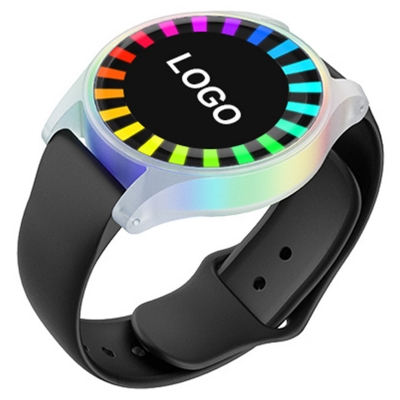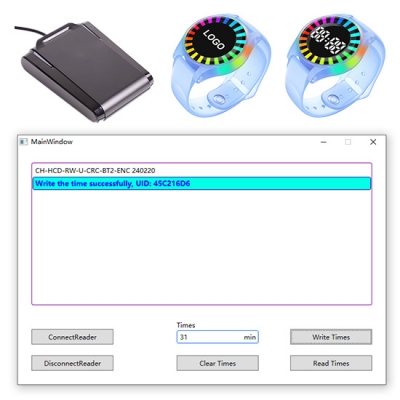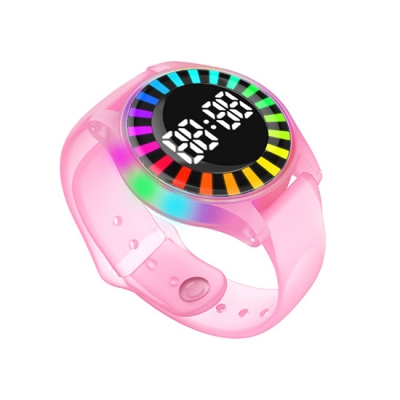Since Disney introduced the MagicBand in 2013, RFID adoption in theme parks has grown at a compound annual growth rate of 19%, with 78% of major parks now using the technology. Beyond queue management, modern systems leverage RFID for predictive analytics, hyper-personalization, and sustainability, resulting in a 34% increase in visitor satisfaction. Custom-printed RFID elastic wristbands are a prime example, combining durability with brand immersion. Universal Studios' "Wizarding World" uses similar NFC-embedded wristbands for spellcasting interactions, increasing daily engagement by 47%. The bands also feature weather-resistant silicone printing to display the park logo.
Technical Architecture: Beyond Basic Tracking
Hardware Evolution
Dual-Frequency Tags:Modern wristbands like the Disney MagicBand 3.0 combine UHF RFID and NFC technologies, enabling long-range detection (up to 12 meters) and supporting secure payments.
AI-Enhanced Card Readers :Cedar Fair's latest access control system uses millimeter-wave RFID and facial recognition technology, capable of processing 3,000 guests per hour.
Smart Wearables :Access Time Management LED Wristbands revolutionize guest flow by displaying FastPass expiration dates on real-time LED screens. A pilot program at SeaWorld Orlando reduced missed reservations by 63% and queue disputes by 28%, proving their value in high-traffic environments.
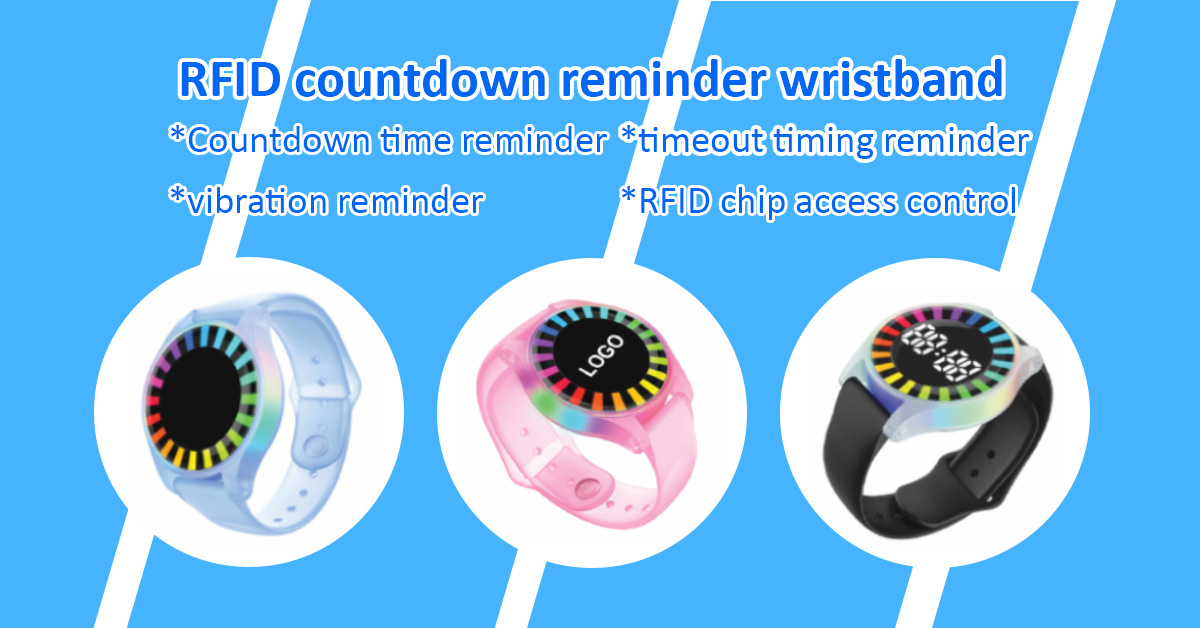
Solving Four Major Operational Challenges
Authentication at Scale
Problem :Manual ID checks during peak hours resulted in 23-minute entry delays.
Solution:
Biometric RFID: SeaWorld's Palm+Band utilizes vein pattern recognition technology to authenticate visitors in 1.2 seconds.
Dynamic Access:Europa-Park's RFID-enabled tickets adjust their validity based on real-time visitor density. For single-day events, the park is increasingly using "disposable waterproof PP paper wristbands"—these tear-resistant, eco-friendly wristbands not only streamline the entry process but also eliminate the cost of disinfecting reusable wristbands.
Case Study: ROI
Disney's $2.1 Billion MagicBand Ecosystem
Technology Stack: 64-bit encrypted UHF tags and Bluetooth Low Energy for proximity detection.
Results:
94% of guests chose to pay with RFID, compared to only 37% using cash. - Reduced average visit length by 28% (reduced crowding)
Provided 19 million personalized attraction recommendations daily
Universal Studios' Wizarding World Optimization
Interactive Wands:NFC devices triggered 4.7 million spellcasting actions per month, increasing average visit length by 2.3 hours.
Crowd Heatmap:RFID data shifted 18% of traffic from Hogsmeade to Diagon Alley, balancing sales for vendors.
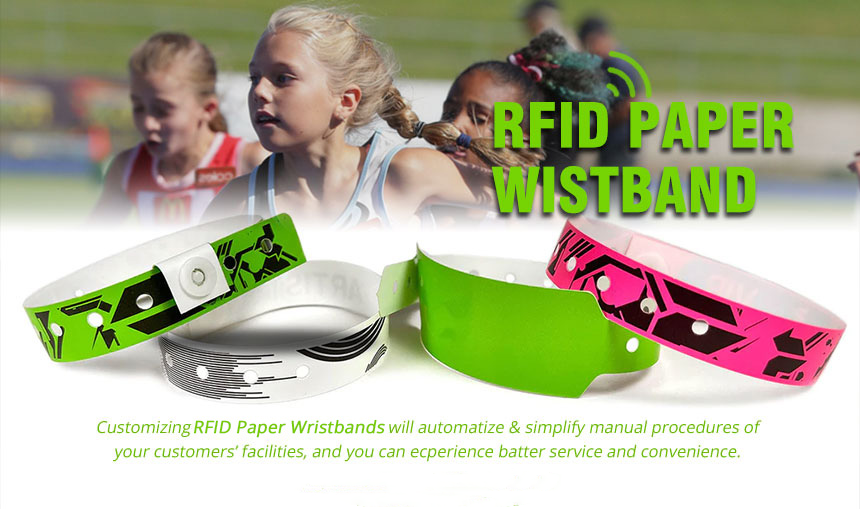
Implementation Blueprint
Infrastructure
Installed 400-600 readers/gates for medium-sized parks (average cost €1.8 million)
Tagged 15,000-20,000 high-value assets with UHF tags compliant with ISO 18000-6C. For temporary events, "disposable waterproof PP paper wristbands" offer a cost-effective entrance solution, reducing staff workload by 41% during peak season.
Ethics
Privacy by Design: California's Theme Park Data Act requires that visitor data be encrypted and automatically deleted after 90 days.
Inclusiveness: Currently, 94% of parks offer RFID alternatives, such as "customized logo-printed RFID elastic wristbands" made of high-quality materials for guests with electromagnetic hypersensitivity (EHS).











